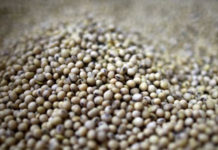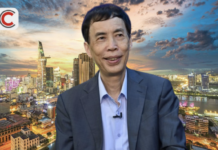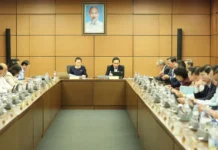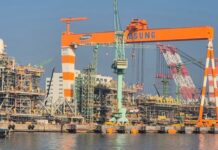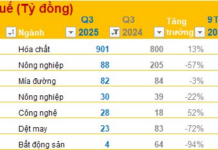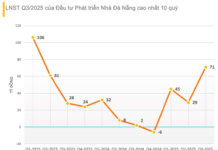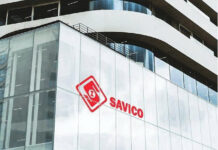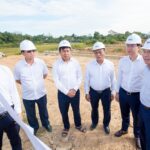24 years after UNESCO recognized the Can Gio Mangrove Forest as Vietnam’s first World Biosphere Reserve, Ho Chi Minh City is planning to transform this 75,740ha area into a “green gold mine,” both to increase resilience to climate change and sea level rise and to generate a sustainable source of income from the sale of carbon credits.
“One of the plans that the city is implementing on the roadmap towards a green, sustainable economy is the pilot project to build Can Gio into a green locality, with the expectation of making Can Gio a pioneer in achieving the goal of “net zero” (zero net emissions) by 2035,” Chairman Phan Van Mai said at the 2023 Ho Chi Minh City Economic Forum.
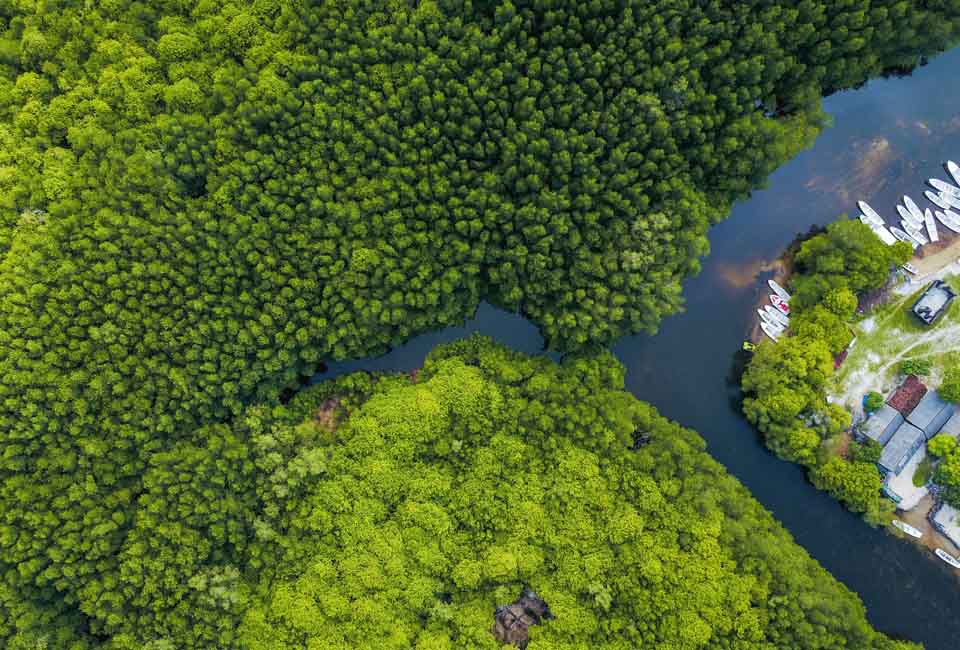
Aerial view of Can Gio mangrove forest. Photo: Vietnamstay
The Vietnam – Asia Net Zero Cooperation and Science Center (VANZA) assesses that forest carbon credits are being seen as a new resource for Vietnam in general and Ho Chi Minh City (in Can Gio district) in particular. According to some preliminary estimates, if carbon credits are sold, Can Gio forest could earn about 70 million USD, equivalent to more than 1,500 billion VND, each year.
Of course, that is talking about the potential, and in reality, careful research and extensive preparation will be needed before the green financial resources from Can Gio can be realized through carbon credit solutions. In this regard, we interviewed **Mr. Nguyen Vo Truong An**, Deputy General Director of ASEAN Carbon Credit Exchange (CCTPA).

– CCTPA has conducted research on the potential for carbon credit exploitation in Can Gio, hasn’t it, sir?
Mr. Nguyen Vo Truong An: It is true that we are working with the Ho Chi Minh City Department of Natural Resources and Environment to study the Can Gio Mangrove Forest Biosphere Reserve.
In terms of Can Gio’s carbon credit potential, there is no official report or data on this area at present.
On the one hand, Ho Chi Minh City is still carrying out new planting activities in forest areas that may be degraded or damaged by natural disasters. However, in terms of forest conservation and protection on a sustainable basis, we do not yet have any direct or long-term measures to prevent degradation and the factors that are causing the loss of forest area.
This means that we do not yet have fundamental methods that have a major impact on forest area in order to maintain the green cover and carbon absorption capacity of the forest.
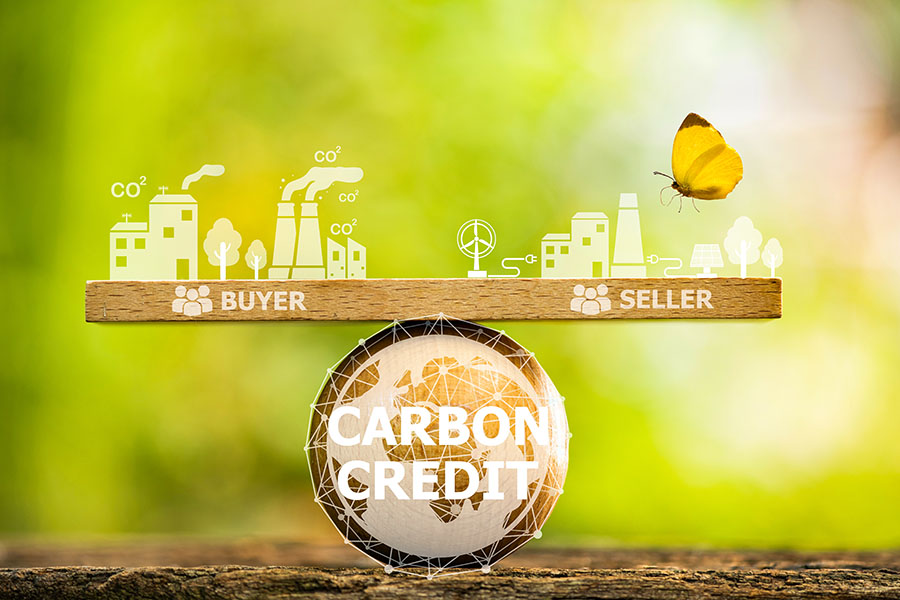
The concept of carbon credits first appeared in the 1997 Kyoto Protocol. Illustration: Shutterstock
– Even so, can we make a provisional estimate of the carbon credit reserves in Can Gio based on scientific data? As you know, a few figures have been put forward. I would like to emphasize that these are only potential estimates—that Can Gio could earn about $70 million per year from the sale of carbon credits alone.
Mr. Nguyen Vo Truong An: Indeed, Can Gio has a very large area of natural forest, so the potential for carbon credit trading in Can Gio mangrove forest is also very large.
However, in order to arrive at the most specific and accurate figure, I think we need to take several steps and develop a specific methodology.
It is important to understand that forest carbon credit projects, especially natural forest areas—not newly planted forest areas—are not based on the assumption that the trees or forest will absorb a certain amount of CO2 and that this will generate an equivalent number of carbon credits. Rather, it depends on how the baseline is calculated and implemented.
After we implement solutions to prevent forest degradation and deforestation, the amount of CO2 absorbed by the forest will increase, but the carbon credits must still be calculated accurately based on the baseline, and not based on the amount of CO2 absorbed by the forest.
Therefore, we need to conduct surveys and prepare extremely accurate reports in order to obtain the most specific and accurate figures.
– What are the survey methods, or scientific tools, for calculating carbon credits?
ASEAN Carbon Credit Exchange (CCTPA), with the goal of becoming the strongest Carbon Credit Exchange in ASEAN, is cooperating with Ho Chi Minh City and many localities and businesses to conduct greenhouse gas measurements and provide consulting on carbon credits. CCTPA’s current partners include VERRA (the world’s leading carbon credit auditor and issuer under the Verified Carbon Standard mechanism) and ACX (the world’s leading carbon credit exchange headquartered in Dubai and Singapore).
Mr. Nguyen Vo Truong An: There are many methods for calculating forest carbon credits. I will present two main methods here.
First, the method of calculating based on biomass. In biology or forestry, this is often referred to as calculating by biomass.
For example, to calculate the amount of CO2 that a tree of a certain age can absorb and fix in its trunk, this method must be used.
Second, the method of using satellite maps to measure the green cover of the forest, based on parameters such as the types of trees planted in the forest, how long they have been planted, etc.
However, the data from this method will not be as accurate as the first method. This method can only be used as a basis for preparing pre-feasibility reports, and not as a basis for methodologies for creating dossiers to be submitted to reputable organizations for assessment and issuance of carbon credits, such as VEGA’s Verified Carbon Standard.
– Can you tell us what types of trees are found in the Can Gio mangrove forest, and the CO2 absorption and O2 release capacity of each type of tree? Does this capacity vary between different types of trees?
Mr. Nguyen Vo Truong An: That is a very interesting question! It is true that different types of trees and plants have different capacities for absorbing/fixing CO2 and releasing O2.
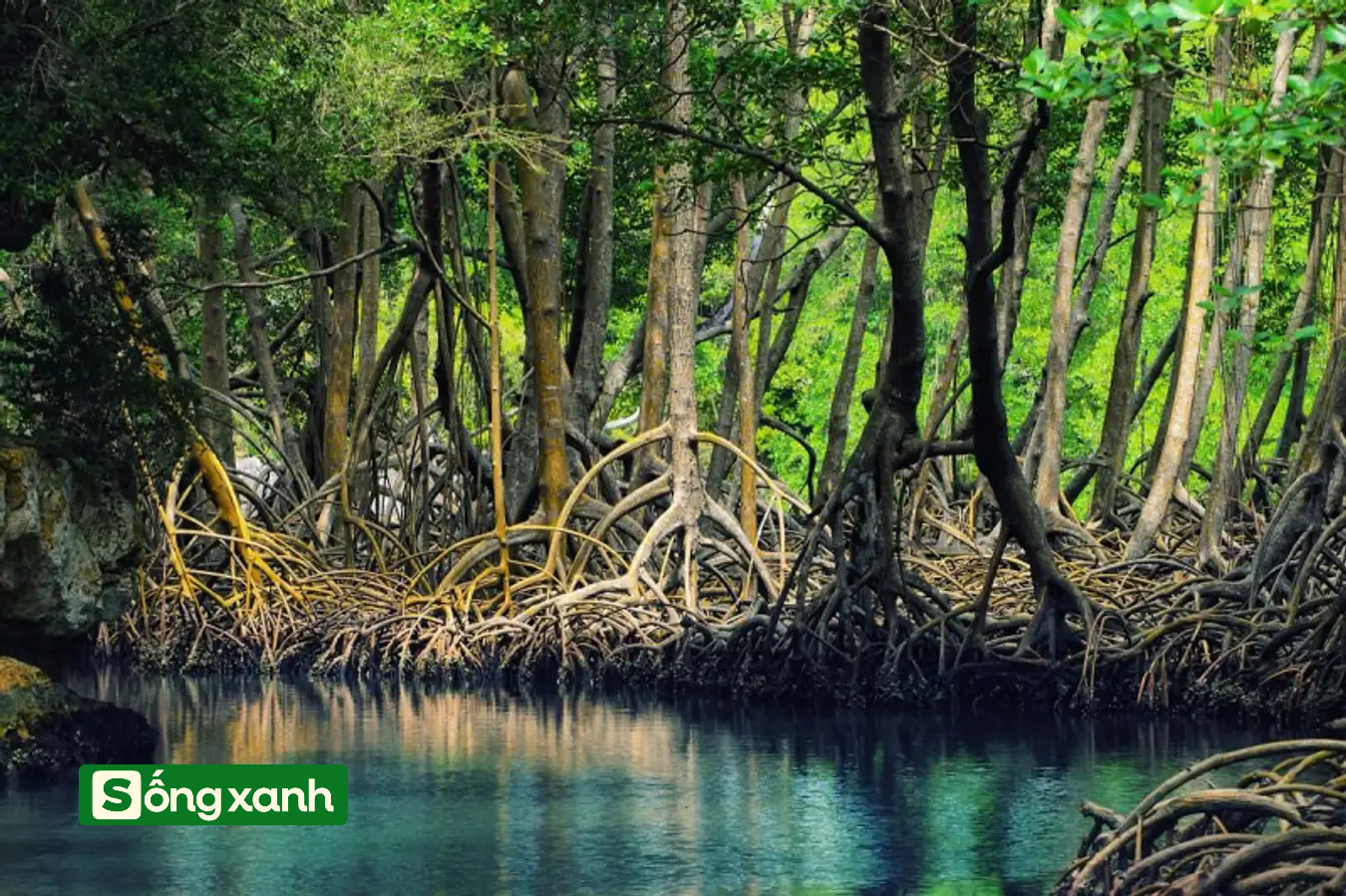
Image of a mangrove tree. Photo: Vanhoavietnam
The Can Gio mangrove forest is mostly made up of mangrove trees. The mangrove tree’s ability to absorb and fix CO2 is very good. However, the mangrove tree has the characteristic of growing very slowly.
For example, other forestry trees, such as the acacia tree, may only take 5-10 years to mature and absorb a large amount of carbon. However, the mangrove tree takes 20 years or even 30 years to do the same. Therefore, each tree species has a different methodology and project nature.

– More specifically, what steps will need to be taken in the coming period to transform the green lung of Can Gio into a “sustainable gold mine” from carbon credit trading?

